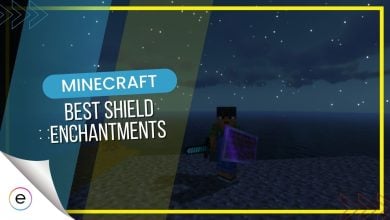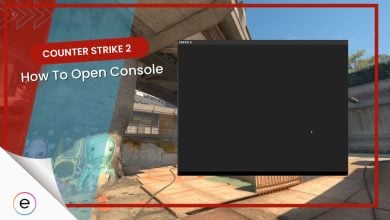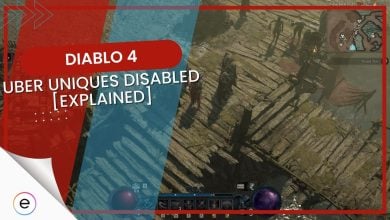Story Highlights
- Hellblade 1 had set high expectations for fans, but the sequel failed to deliver on them.
- Hellblade Two is filled with technical issues that make the game lackluster.
- The new game has repetitive gameplay, which makes it dull and monogamous.
Senua’s Saga: Hellblade 2 is the critically acclaimed sequel to Senua’s Sacrifice. It is an action-adventure game developed by the developers who made the first game, Ninja Theory. While Ninja Theory took seven years to build the sequel, fans were on the edge, looking forward to it with significant improvements to its gameplay and mechanics.
However, when the game was released, it was clear that it had been a not-so-pleasant experience for the players and the critics alike. Senua’s Saga: Hellblade 2 was a letdown for everyone and could have been better for multiple reasons. Let’s talk about it.
The Length-To-Content Ratio

To start, Senua’s Saga: Hellblade 2 is a game of around 6-8 hours, which in retrospect seems fine; however, the content you play is significantly less, and the amount of cutscenes is more than the game itself. The game lacks exploration options, the side quests are minimal to none, and there is very little innovation in gameplay mechanics compared to the first game.
Nearly 90% of Hellblade 2 Xbox players haven’t completed its story
byu/YouthIsBlind ingamingnews
The story is vastly shorter than we expected. It does not dive into the character’s role and theme that Ninja Theory was going for. The game’s replayability is little to none, too, as nearly 90% of Hellblade 2 Xbox players have not finished it.
Linearity And Pacing Issues
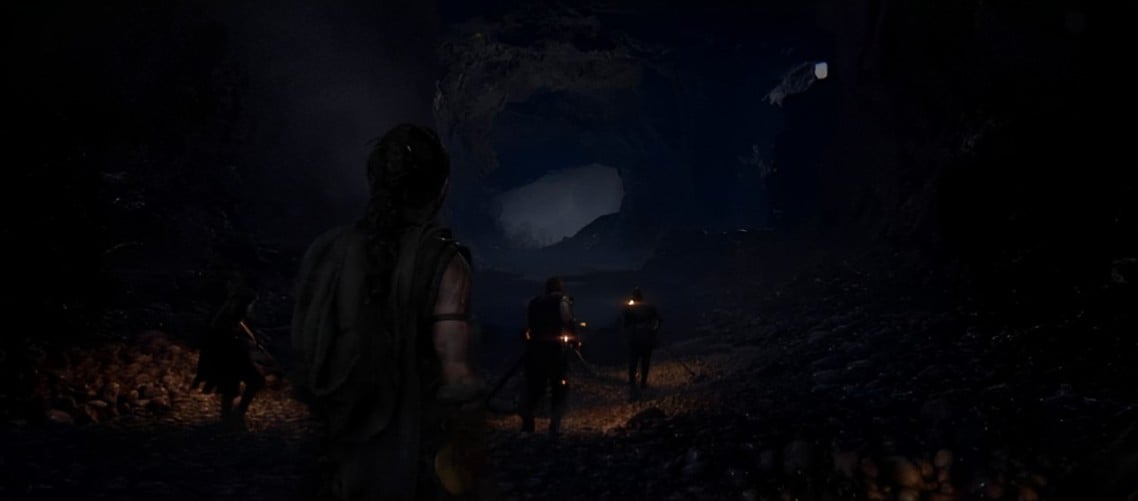
Senua’s Saga has a linear structure, which is not necessarily bad, but the game feels like moving Hella from point A to point B. It feels less like an action-adventure and more like a walking simulator. Due to the game’s concise content span, it feels rushed. Hellblade Two feels like Ninja Theory tried to cram in so much in so little.

If they were to make the game a little longer, it would have been a pleasant experience for the players, who could have understood what was happening. Another example of a short game with good pacing is Sekiro: Shadows Die Twice. Sekiro is a short game, but the pacing is done to feel complete and give the player a sense of closure.
The Combat Is Hell, Quite Literally

First, the game’s combat system has not evolved much from its predecessor, and one can even say that it went downhill. We were expecting new mechanics, but Ninja Theory came short on that. This resulted in a lack of fresh experience for the players, old or new.

The sequel also has a very limited moveset for Hella. This could have been significantly improved by adding new abilities and fast-paced close combat, but instead, we got clunky controls that often feel unresponsive and awkward.

A title considered an action game must have fluid and precise combat; look at Ghost of Tsushima, for example. The enemies’ artificial intelligence is very poorly designed, and their unintelligent behavior results in an uninteresting section of the game that is tedious.
Repetition And Lack Of Depth
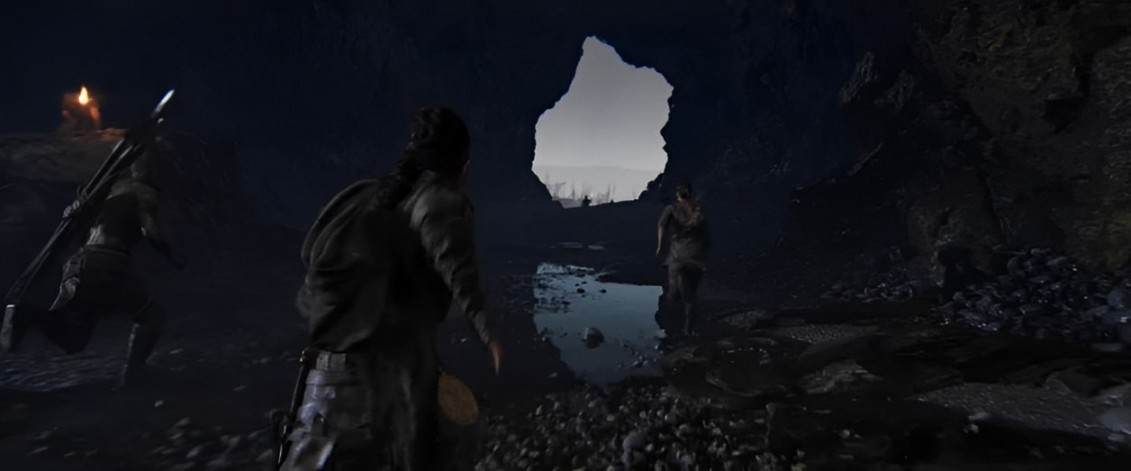
Multiple sections in the game feel the same, with the same enemy types and the same way to deal with your foes. There is no depth to the encounters because they do not require strategic plays or going your way to deal with them but rather doing the same thing repeatedly. This makes the experience way less immersive, as you can not make tactical decisions and use the beautiful environment given to you.
Hellblade 2 is disappointing
byu/A_Passer_by0 inXboxGamePass
Overall, Senua’s Saga: Hellblade 2 is a masterpiece visually and sits at the pinnacle; however, when it comes to gameplay, it is very much a sad and disappointing case.
Thanks! Do share your feedback with us. ⚡
How can we make this post better? Your help would be appreciated. ✍
